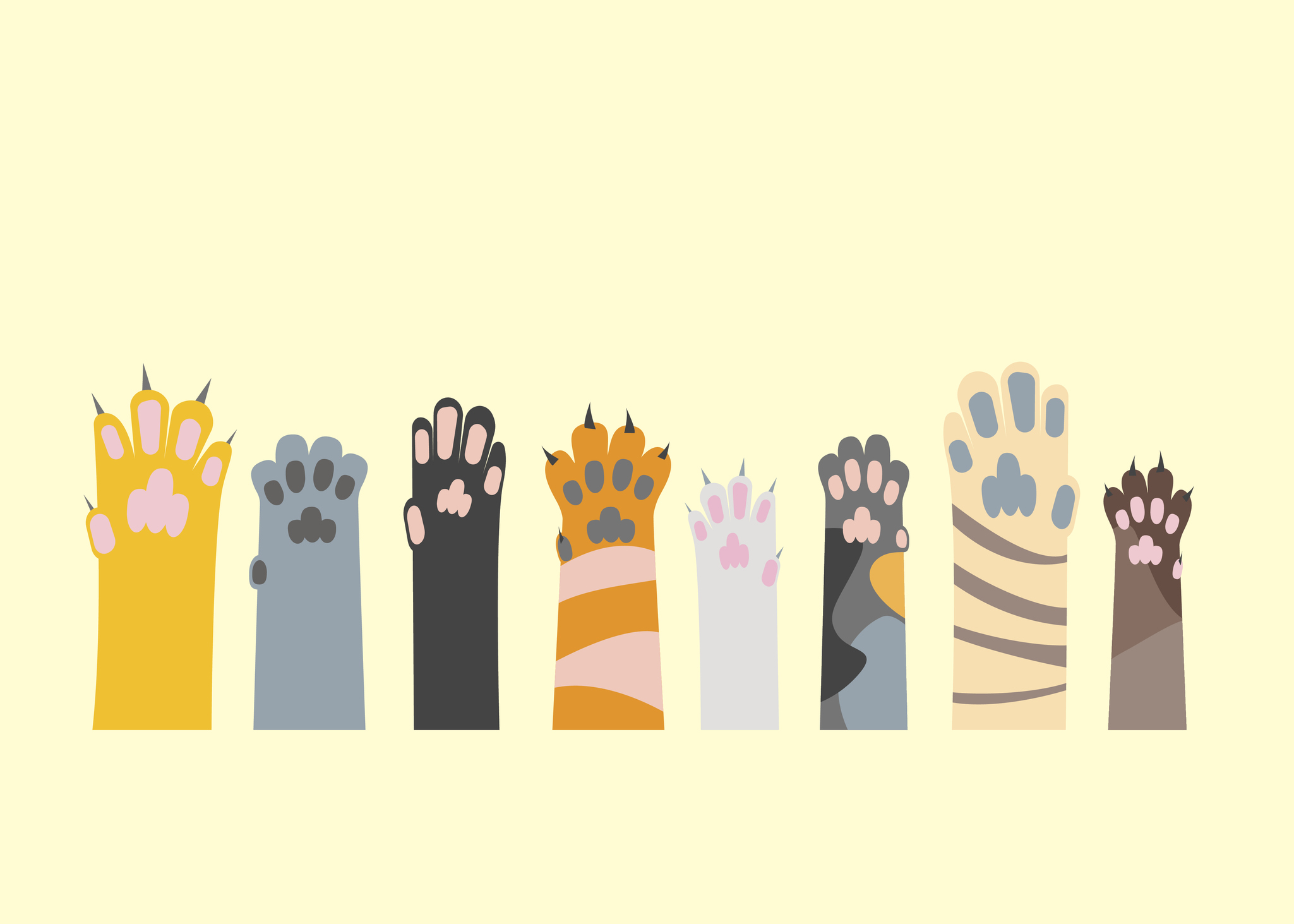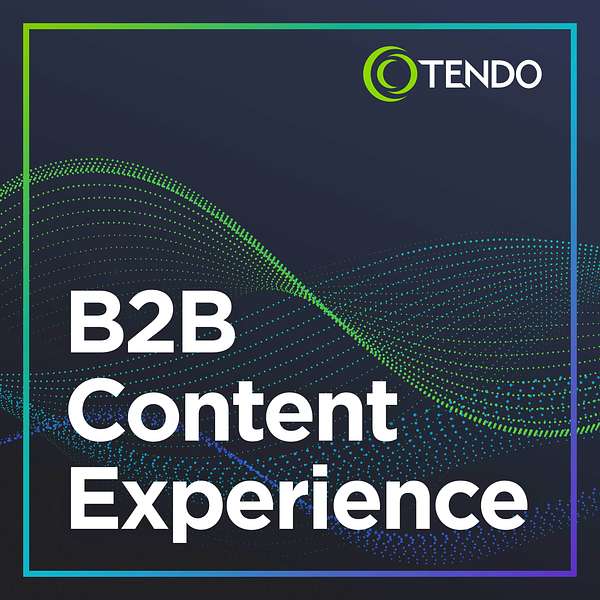At Tendo, our team’s expertise, creativity, and insight are our most powerful assets. We’re excited about generative AI, but we have a very high bar for incorporating AI-generated content into our own content strategy, and we know that successfully using AI requires a human touch.
To illustrate how human creativity and expertise are key to how we create content using generative AI, we’ve outlined our process for creating a LinkedIn carousel adapted from a previously published content piece—a process that allowed us to maintain the quality of our content, get value from older material, and free up time for other tasks.
1. Ideation and Content Selection
The initial idea was simple. My blog post 5 Prompt Patterns for Effective AI Content Creation had performed well, and I thought it had potential for reuse; I also thought the straightforward structure of the post, centered around five main patterns, would be a good starting point for a visual approach.
Tip: Start with strong content. LLMs are predictive engines, not thinking machines, and without specific inputs, their ideas are bland and generic. Summarizing or adapting a piece of your own content that already performs well and contains original thinking greatly increases the chances that you’ll end up with something that meets your standards.
2. Prompt Writing and Content Generation (5 minutes)
I shared a link to the blog post with the AI tool, and then I gave it the following prompt:
Create an outline for a LinkedIn carousel with key takeaways and insights from the article I just shared, as well as suggestions for visuals.
The outline it gave me looked pretty good, so I asked it to write copy based on the outline. It forgot to include the visual suggestions in the final copy, so I then asked it to reshare the copy with the visual suggestions included, saving me a few minutes of busy work.
Tip: Use AI as a boost to get you started. The time AI saved me here was probably the most crucial part of the entire process. I saved around four hours of active working time—but writing is hard, and it tends to make people procrastinate. Between pressing client work and the intimidating void of a blank page, it could have taken me a week or more to get started.
3. Initial Edit (20 minutes)
The AI-generated first draft wasn’t bad, but it had some common issues—primarily lack of detail and overly casual wording. I took 20 minutes to perform a quick and dirty edit, adding information where necessary and swapping out cheesy slang for wording that better matched the Tendo voice. I also jotted down my own visual ideas because the ones suggested by AI weren’t that great.
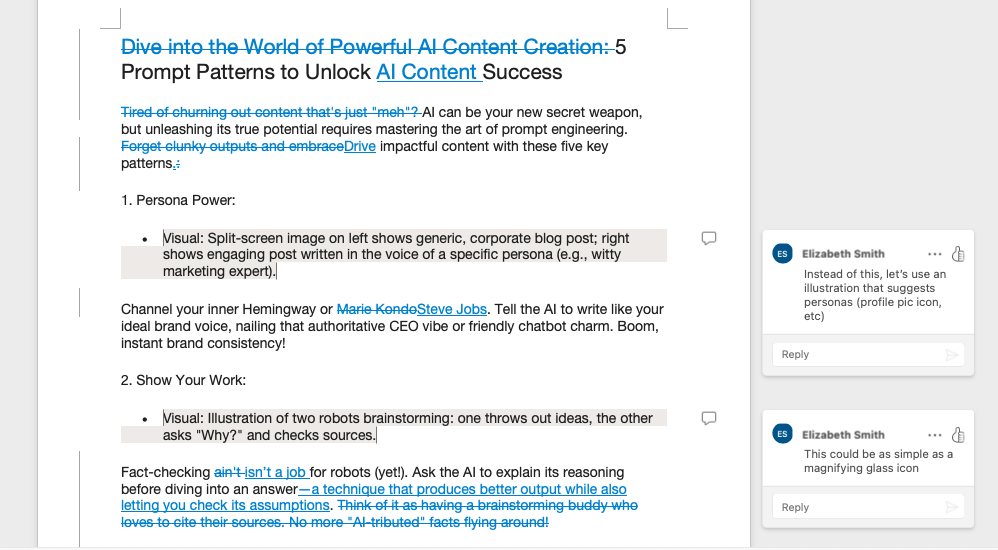
4. Full Editorial Review (1.5 hours)
Next, I took my draft to our Tendo marketing team, explaining that I wanted to drive engagement with the existing post while showcasing our human-centered approach to AI content creation. We talked about the CTA, design approach, and whether we wanted to link back to the original post or treat it as a standalone asset.
From there, the copy went through our usual editorial process: a content edit for overall effectiveness, value, and readability, followed by a copyedit for grammar and style. These are steps you may be tempted to skip, but don’t cut corners! The content edit helped punch up the introduction and revealed a few points that needed clarifying. Even though I thought I’d done away with the worst of the cheesy AI voice, our copyeditor pointed out that the draft still had way too many exclamation points and used “Boom!” twice in just 400 words of copy. Overall, the edits took the piece from something that still had AI’s telltale fingerprints on it to something that Tendo was proud to showcase.
Tip: Keep humans in the loop. From initial ideation to strategy to editing, your team should be validating and improving on the AI’s output. With this project, the Tendo team’s critical eye helped elevate the initial output to create something worthy of our brand.
5. Design (6 hours)
Based on my previous experiences using AI to generate images, I was sure I wanted to have one of our Tendo designers handle the visuals. But for the sake of experimentation, I also took the following prompt (along with a sample image and the copy for the first carousel slide) to both Copilot and ChatGPT:
Create an image modeled after the attached screenshot, with a dark background, gradient text, and line art. Include the following copy.
Copilot generated several images like this, and continued to do so even as I repeated the prompt and emphasized my desired color scheme (green and blue):
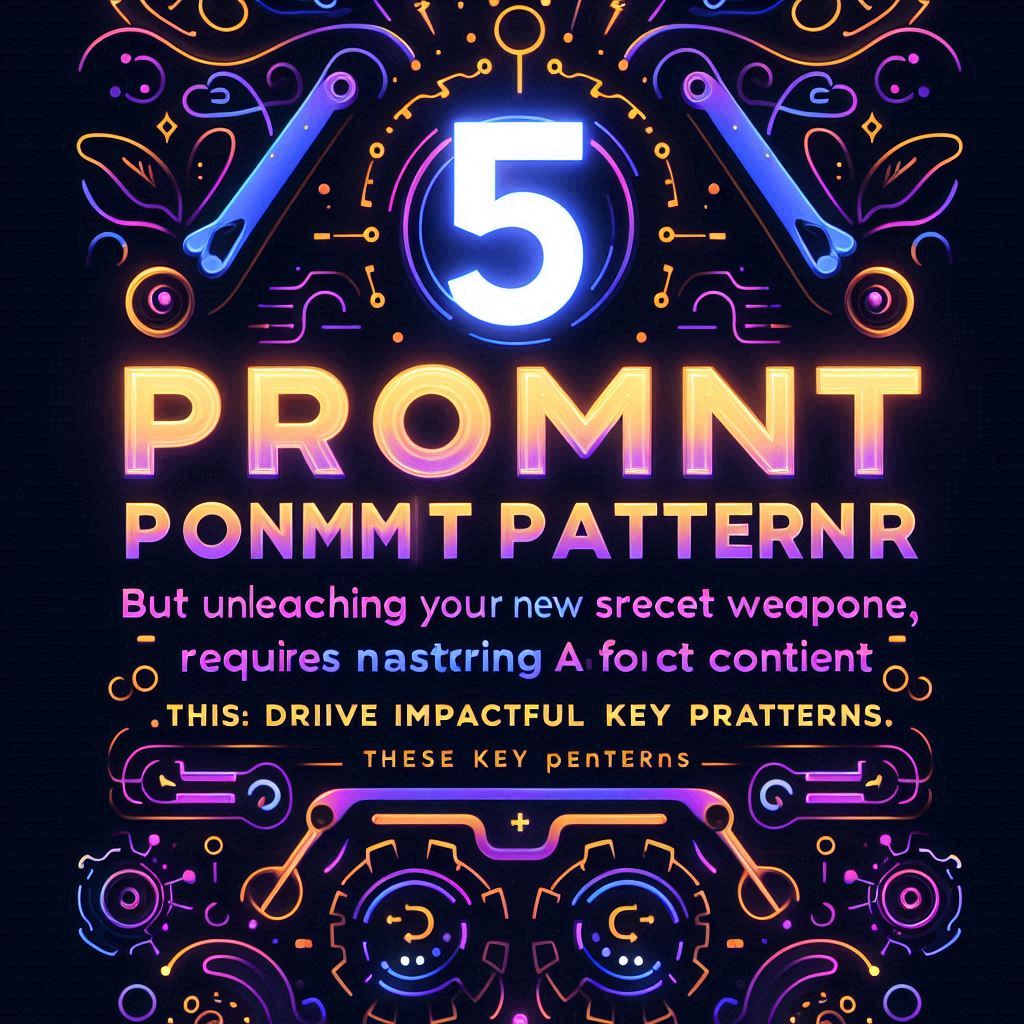
And here (seriously) is what ChatGPT gave me:
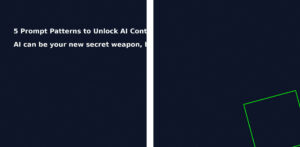
So much for that. Thankfully, our Tendo designer delivered an attractive and on-brand set of designs, and after a few minor updates, we were ready to post.
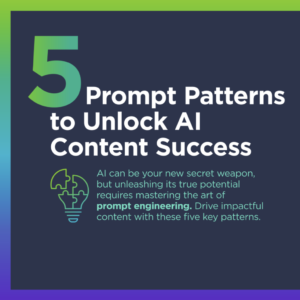
Tip: Take over the tasks AI is weak at. It’s fun to experiment, but if you know your team shines at something that AI can’t do well, don’t use it just to save time.
Takeaways
If you were hoping to automate away your content creation process, this all probably sounds like a lot of work. That’s because it is. There’s really no shortcut to good content, and ideation, strategy, editing, and design are all things that still need a human touch. But thanks to a strategic approach to content generation, AI did help our team save time and get more value out of existing content.
To recap:
- Start with a unique point of view (or, ideally, an existing piece of strong content) to avoid bland, derivative content.
- Use AI to generate a preliminary draft so you can get something down on the page and bypass creative blocks.
- Involve humans at every step of the process to validate and improve the initial output.
- Don’t use AI to do something you already know it’s weak at, like design and visuals.
Want to elevate your AI content creation? Tendo is here for you. Work with us to plan your AI content strategy from concept to execution.








